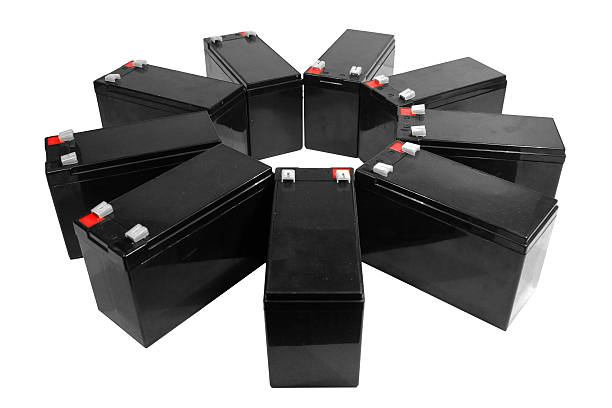AGM batteries are an excellent option for people who want to get the most out of their batteries. AGM stands for Absorbed Glass Mat, which means that it is encased in a mat made from glass fiber materials. This type of battery is more expensive than traditional lead-acid batteries, but they can be used in harsher environments and offer better performance with less maintenance required. This blog post will cover a few tips to know before you start using AGM Batteries.
1. AGM batteries are not as tolerant to overcharging as lead-acid batteries.
If you’re using an AGM battery, ensure that your charger is set to the correct voltage and current for the battery type. Chargers that are not specifically designed for AGM batteries can cause damage and shorten the life of your battery. AGMs also don’t like being discharged too low, so it’s essential to keep an eye on your SOC (State of Charge) and ensure you don’t let it drop below 50%. An excellent way to do this is by installing a meter to monitor your battery’s voltage or state of charge. The 100Ah deep cycle battery is a popular choice for people who use AGM batteries in their solar PV systems.
2. AGMs have a lower overall capacity than lead-acid batteries.
AGM batteries are usually rated at 20% fewer amp-hours per unit volume -or weight- compared to an equivalent-sized traditional battery, so consider this when designing your system and choosing the correct size for your application. AGM Batteries can be used in harsher environments while offering better performance with less maintenance required. It is essential to know about this tip before using them on a solar or wind energy storage system: they don’t like overcharging or deep discharges, which means that it’s crucial to monitor their state of charge and voltage if possible.
3. AGMs are more sensitive to high temperatures than other batteries.
AGM batteries should not be exposed to extreme heat, so you must prevent the battery from getting too hot or cold during storage and use. You can store your AGM in an area with a temperature range between 25-30 degrees Celsius (77F), which means they don’t like low ambient temps either.
4. AGMs have a longer life than lead-acid batteries.
AGM batteries can last up to twice as long as a traditional battery, so they’re a good option for applications requiring many runtimes. Just be sure to take the temperature and charging into account when using them to get the most out of your AGM battery.
5. AGM batteries should not be stored wholly discharged.
The best way to store your battery for an extended period is by charging it at 25% SOC or 50% DOD (Depth of Discharge) and keeping it in a cool place away from extreme temperatures. This will ensure that you get the most extended life out of your AGM Battery. To do this, install a voltage meter to keep track of its state of charge and voltage during storage and use if possible – which brings us back to tip # four: monitoring their state of charge, voltage, and temperature.
6. AGM batteries are often sealed, so you can’t check the plate’s specific gravity.
Since AGMs are sealed units that do not require maintenance, they don’t have removable caps like traditional lead-acid batteries -which allows for checking of their specific gravity-. This doesn’t mean anything wrong with your battery; it just requires a different testing method to determine its state of charge and overall health.
7. AGM batteries are not as forgiving as lead-acid batteries for mistakes.
AGMs don’t like being overcharged, discharged too low, or exposed to high temperatures – so you must take care when using them and follow the tips mentioned in this blog post. If you make a mistake with your AGM battery, it may not be recoverable and could result in damage or a shorter lifespan. Chargers that are not specifically designed for AGM batteries can cause damage and shorten the life of your battery.
Conclusion
AGM batteries are great options for environmentally-friendly wind and solar energy storage, but they require more care than traditional lead-acid batteries. They don’t like extreme temperatures or overcharging and discharging, so it’s essential to monitor their SOC and voltage to get the most out of your AGM battery.


